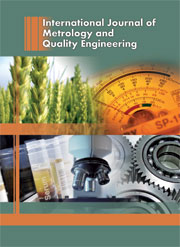No CrossRef data available.
Article contents
Use of monthly average solar radiation data for assessing theefficiency of a photovoltaic array
Published online by Cambridge University Press: 09 October 2014
Abstract
Efficient solar energy installations depend largely on the availability of meteorologicaland geographical data (geographical coordinates, solar radiation, ambient temperature,wind speed) and the technical characteristics of the photovoltaic arrays. Usually, both,radiation and meteorological measurements are based on hourly surface observational data,not always easily accessible therefore requiring enormous memory capacity to be processed.From a practical point of view, this work investigated whether or not monthly averageresource data can be used to assess the efficiency of the photovoltaic conversion (andthus the electrical energy obtained from this conversion) whenever hourly-basedmeteorological data are scarce or unreliable. Photovoltaic efficiency was calculated frompredicted temperature of the cell by making use of classical analytical models ofphotovoltaic conversion. Calculations performed based on monthly average solar resourcedata reproduced within 0.5 K the temperature of the photovoltaic array and within 6% thetotal amount of energy converted as compared to hourly average solar resource data madeavailable by official solar radiation and meteorological data bases.
Keywords
Information
- Type
- Research Article
- Information
- Copyright
- © EDP Sciences 2014

